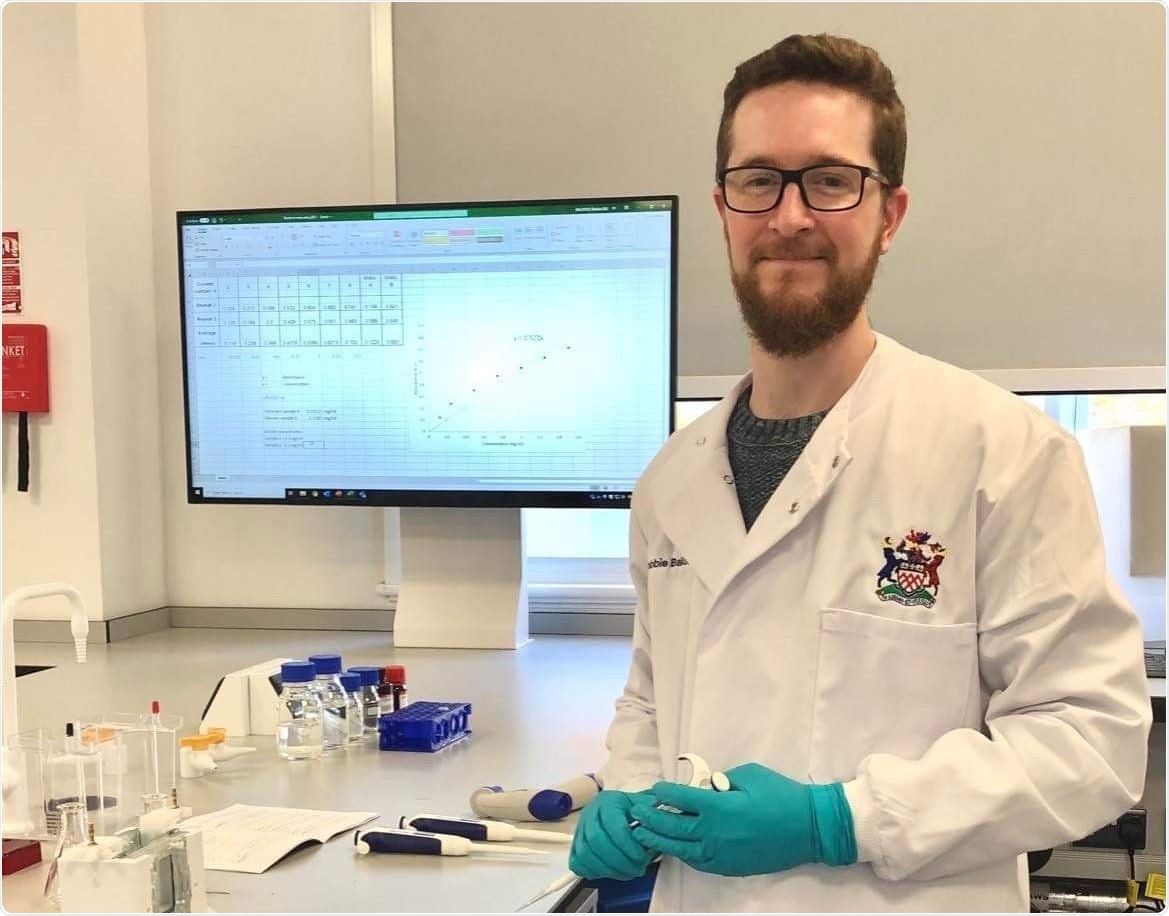New research may help better understand the causes of human diseases

New University of Gloucestershire research aims to increase our understanding of the causes of human diseases, potentially leading to the design of better treatments in the future.

The research, which is being led by Dr Robbie Baldock, Senior Lecturer in Biomedical Science within the University’s School of Natural and Social Sciences, is investigating how cells respond to damage to the DNA in mitochondria – the energy-producing units in all our cells – which can affect organs such as the brain, liver, heart, kidney and muscle.
In his latest peer-reviewed paper, Beyond base excision repair: an evolving picture of mitochondrial DNA repair, published in Bioscience Reports, Dr Baldock examines the way in which mitochondrial DNA damage can be repaired.
Through studying published data and previous research, Dr Baldock hopes that by understanding the mechanisms that help protect mitochondrial DNA, it may explain why some patients suffer adverse drug reactions.
“Mitochondria, which exist in nearly every cell in the body, are responsible for producing the energy, or ATP, that enables our tissues and organs to function properly,” he explained.
“Mitochondria contain small snippets of DNA that need to be protected for mitochondria to produce the energy that our cells need. If the DNA is damaged, it can lead to disease caused by genetic mutations.
“This latest paper looks at all the evidence for the processes within the body that can help to protect mitochondrial DNA from damage and which require further investigation.
“From there, we can look at whether chronic and neurological conditions suffered by some people are related to the cells of their body lacking the mechanisms that protect the DNA, which as a result impacts the overall function of the mitochondria.”
Among the diseases caused by mitochondrial disorders are Alper’s Disease, which is associated with severe epilepsy, Leigh’s Disease, which is a severe neurological condition that usually affects children, and MELAS, which can cause deafness and diabetes.
If we’re able to understand the causes of disease, we can design better treatments or, through a person’s genetic profile, we can understand who is at higher risk of suffering adverse reactions to certain medications. As our research continues, it is rewarding to be involved in such impactful work that could potentially help improve the lives of so many people around the world who are suffering as a result of impaired mitochondrial function.”
Dr Robbie Baldock, Senior Lecturer in Biomedical Science, School of Natural and Social Sciences
University of Gloucestershire
Allkanjari, K & Baldock, R.A., (2021) Beyond base excision repair: an evolving picture of mitochondrial DNA repair. Bioscience Reports. doi.org/10.1042/BSR20211320.
Posted in: Molecular & Structural Biology | Cell Biology
Tags: Brain, Cell, Children, Chronic, Deafness, Diabetes, DNA, DNA Damage, Epilepsy, Genetic, Heart, Kidney, Liver, Mitochondria, Muscle, Research
Source: Read Full Article